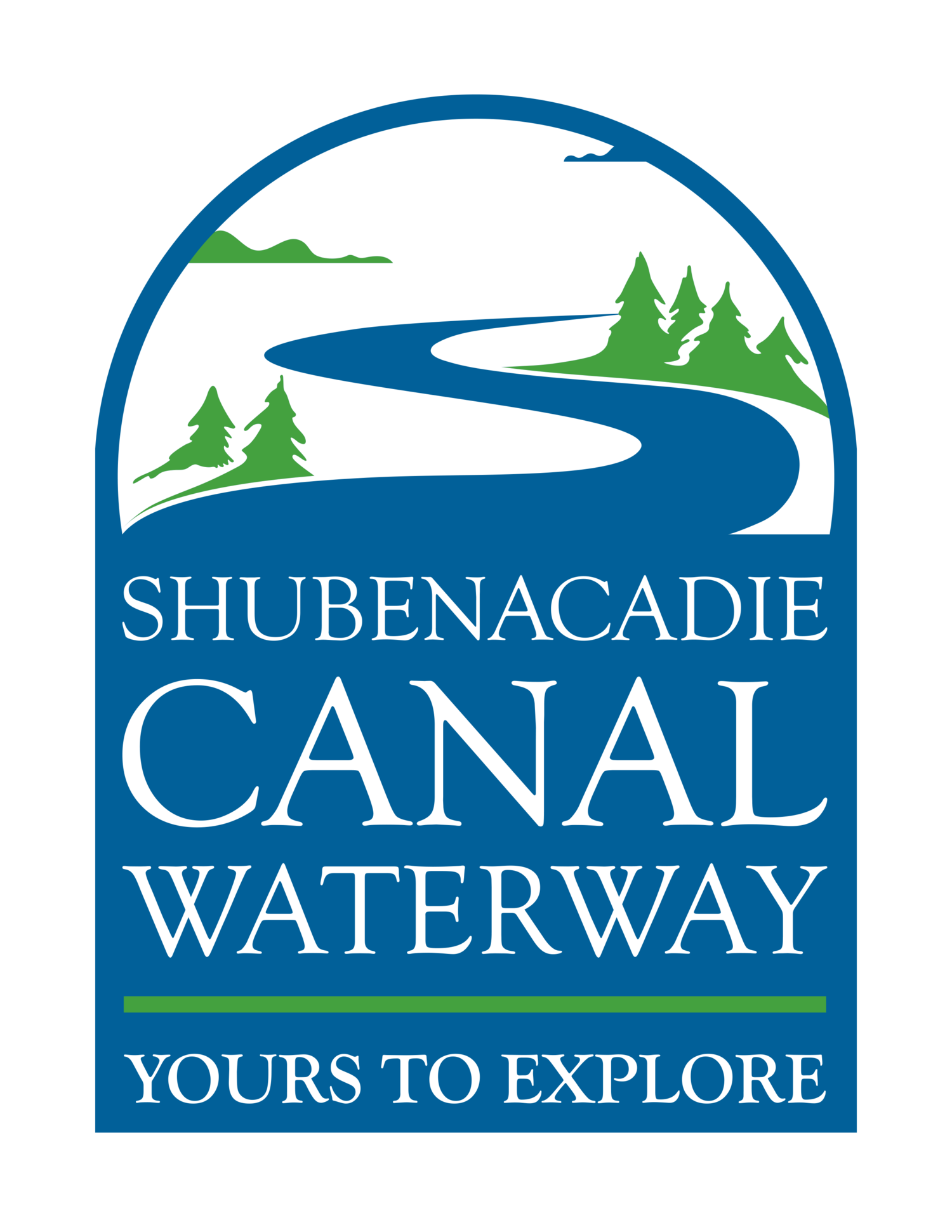Arrival of the Acadians
In 1605, French explorers set up the first permanent European settlement in North America at Port-Royal on the Bay of Fundy, calling this territory Acadia. The Acadian French soon forged a strong alliance with the Mi’kmaq that would persist for well over a century, with many Mi’kmaq even converting to Roman Catholicism.
The Acadians learned of the Shubenacadie waterway from their Mi’kmaw allies, with the word “Shubenacadie” being a corruption of the Mi’kmaw name for the region. One of the first documented references to this name comes from 1689, when Mathieu Martin, seigneur of Cobequid (Truro), was granted land along the mouth of the Shubenacadie River. Although the land further south along the waterway was largely reserved to the Mi’kmaq by King Louis XIV, a few Acadian settlements popped up in the area in the following decades. Acadian settlement along the river and lakes continued to modestly expand even after Great Britain took control of the territory.
The British Take Over
In 1713, the Treaty of Utrecht brought the mainland of the province under British control, while Île Royale (Cape Breton) and Île Saint-Jean (Prince Edward Island) remained French. Great Britain named their new colony Nova Scotia, which had been previously used for a failed Scottish colony in the area in the 1620s. British settlement of Nova Scotia accelerated through the 18th century, peaking with the founding of Halifax in 1749 as a strategic military response to the French Fortress of Louisbourg in Cape Breton.
The rapid pace of British settlement, which far outstripped previous French efforts in both numbers and density, caused considerable tension among the existing Acadian and Mi’kmaw inhabitants of the province. This friction periodically erupted into conflict, with several skirmishes and even guerrilla wars taking place through the first half of the 1700s. Finally, in 1755, the British began forcibly deporting the Acadian population from the territories it controlled, resulting in over 80% of the French-speaking people in Acadia being removed. Thousands died in transit, while others eventually settled in places like Louisiana, where the name “Acadian” gradually morphed into “Cajun”.
Shortly following the deportation of the Acadians, Great Britain acquired the remaining French territories in Atlantic Canada and Quebec during the Seven Years’ War. British rule over these areas was confirmed in 1763 by the Treaty of Paris.
British Expeditions on the Shubenacadie River
In 1754, Captain Matthew Floyer led an expedition on the Shubenacadie River with the help of an Acadian guide named Deschamps. Floyer described it as a waterway lined with prime land for agriculture and forestry, but did not specifically evaluate it as a navigational route.
As the new city of Halifax grew in population, its merchants and leaders began to look to the Shubenacadie River as a possible link between the capital and the Bay of Fundy. In 1767, Captain William Owen and his team set out to determine the suitability of the river and lake system for these purposes. Another Acadian guide, Pierre Coperon, served as the wayfinder for this mission. “Owen’s Safari” succeeded in taking measurements, making maps, and recording information about the area. While it did not lead to immediate development, it was a major factor in promoting interest in a canal in later decades.

